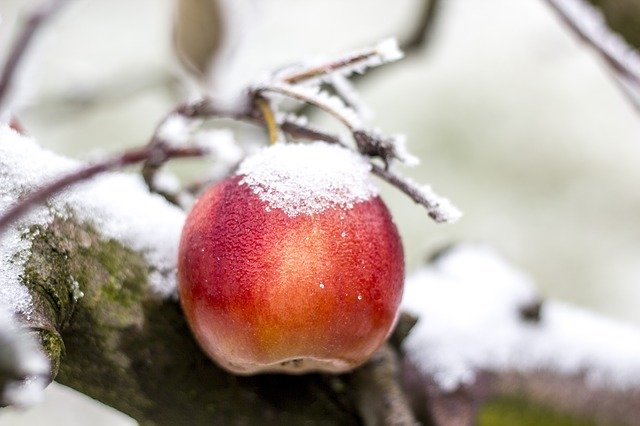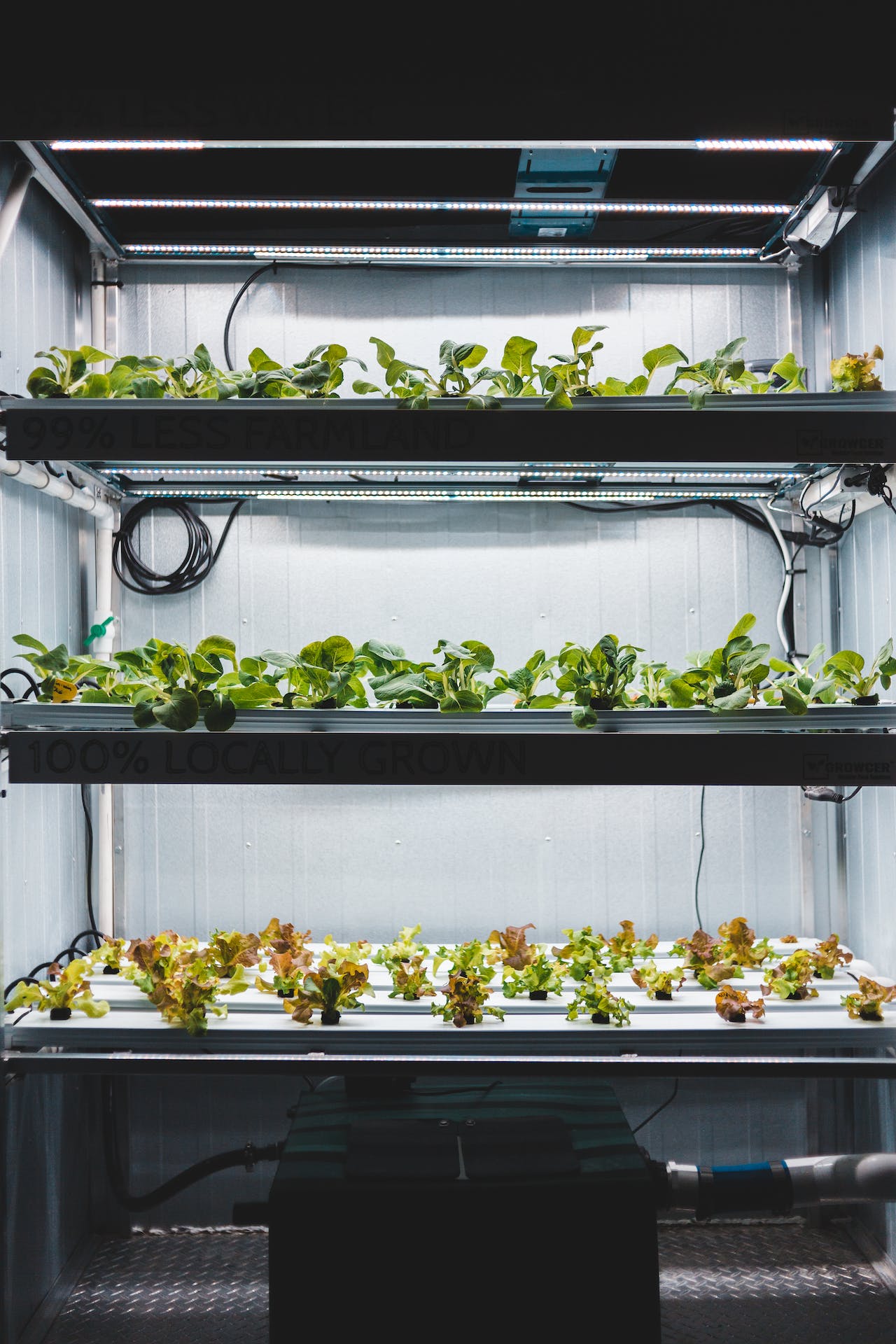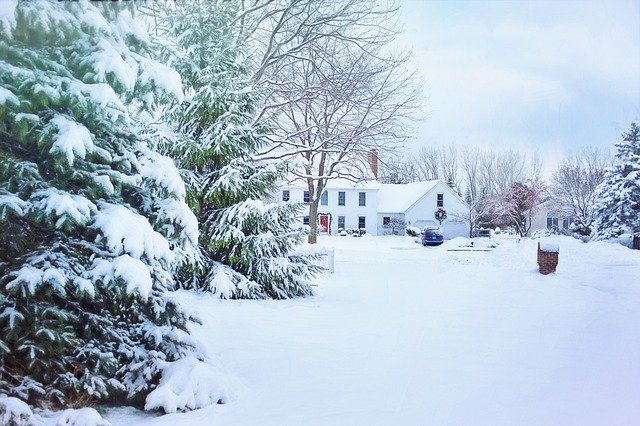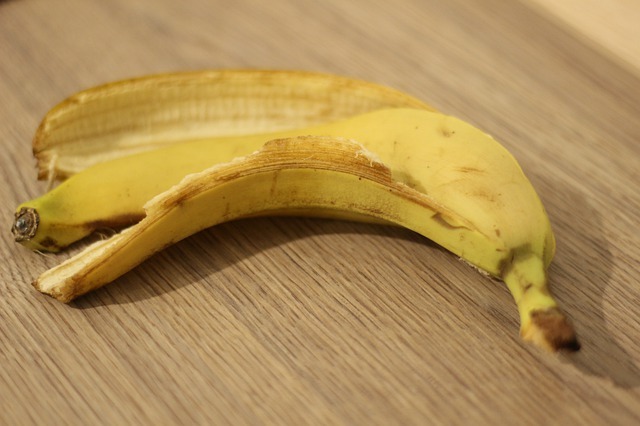Woodland Herbs for the Homestead: Grow and Harvest Your Own Natural Remedies
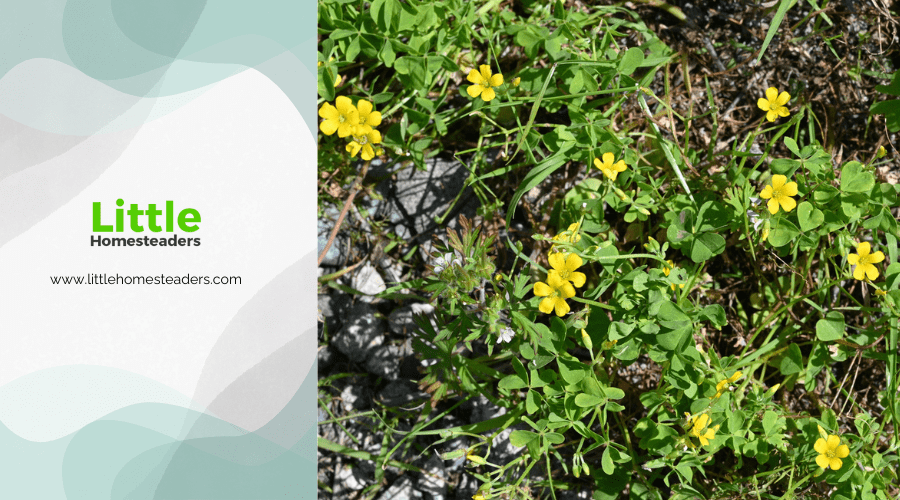
The allure of woodland herbs is timeless. These humble plants have been cherished for centuries for their medicinal, culinary, and ecological benefits. For homesteaders, woodland herbs offer an opportunity to cultivate natural remedies, enhance self-sufficiency, and even create unique products to share or sell. Whether you’re a seasoned gardener or new to the world of herbs, growing woodland plants can transform your homestead into a sanctuary of healing and sustainability.
Let’s dive into the fascinating world of woodland herbs—their benefits, how to grow them, and how to bring their magic into your daily life.
What Are Woodland Herbs?
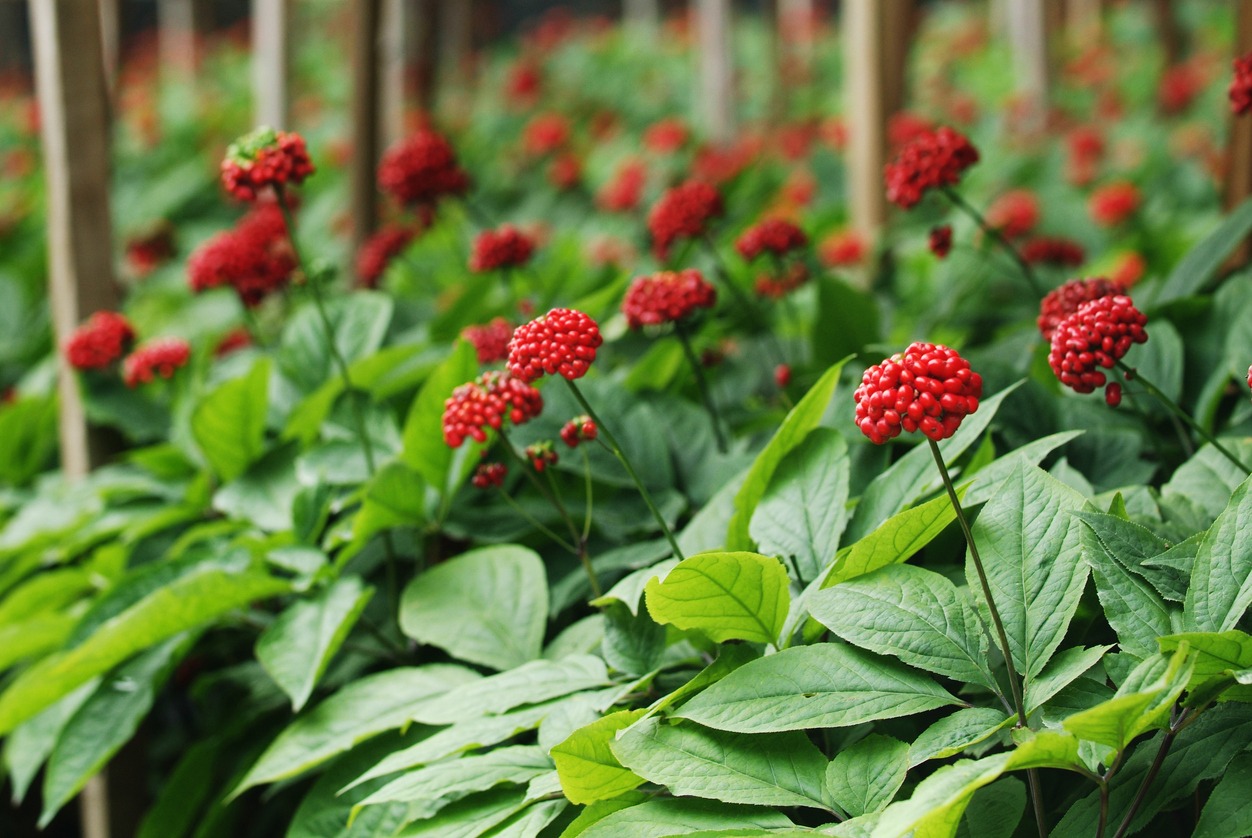
Woodland herbs thrive in shaded, forested areas where dappled sunlight and rich, moist soil create ideal growing conditions. These plants have adapted to low light, making them perfect for areas of your property that might not support typical garden plants. Examples of popular woodland herbs include ginseng, goldenseal, ramps, and black cohosh.
Why Grow Woodland Herbs?
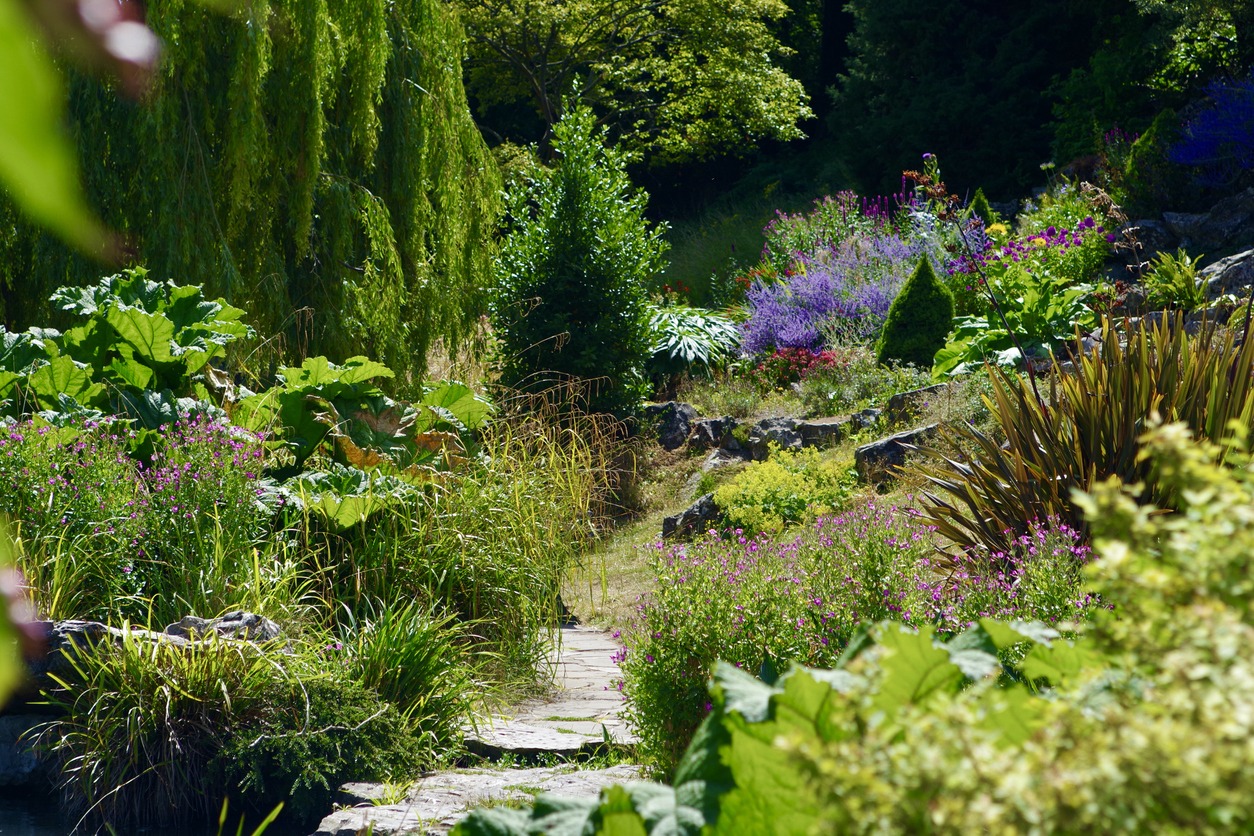
Woodland herbs offer a variety of benefits:
- Medicinal Uses: Many woodland plants are renowned for their health benefits. For example, ginseng is prized for its energy-boosting properties, while goldenseal is valued for its antimicrobial effects.
- Culinary Value: Edible herbs like ramps and wood sorrel add unique flavors to your dishes. They’re not just delicious but also rich in nutrients like vitamins A and C.
- Biodiversity: These plants support pollinators and other wildlife, contributing to the health of your local ecosystem. They also help maintain soil integrity by preventing erosion in shaded areas where grass or other ground cover may struggle to grow.
Beyond their uses, growing woodland herbs connects you to centuries-old traditions. Indigenous communities and early settlers relied on these plants for everything from food to medicine, and continuing this practice helps preserve cultural heritage and botanical knowledge.
Selecting the Right Herbs for Your Homestead
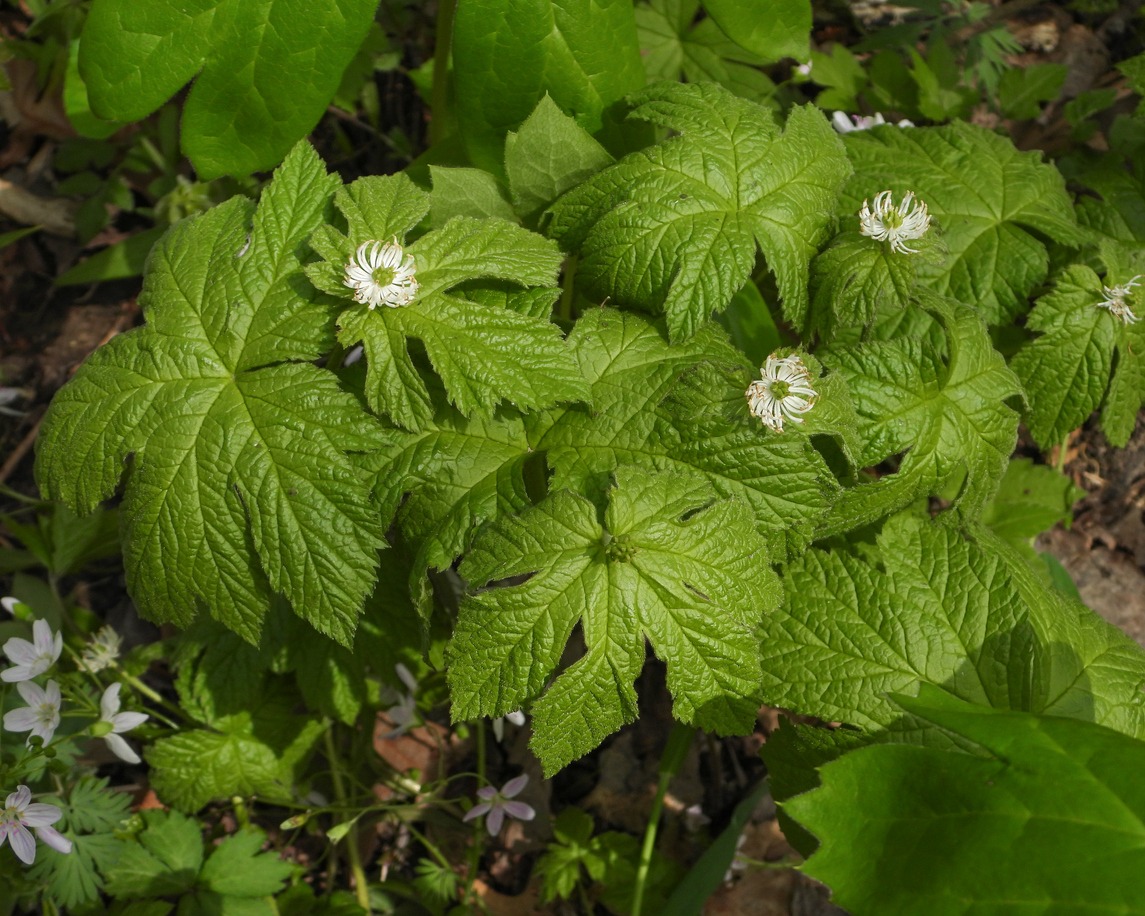
Before you start planting, consider the specific herbs that align with your needs and goals. Here are some categories to help you decide:
Before you start planting, consider the specific herbs that align with your needs and goals. Here are some categories to help you decide:
Medicinal Herbs
- Ginseng: Used to improve energy, reduce stress, and support immunity. It’s a slow-growing plant that requires patience but rewards growers with high-value roots.
- Goldenseal: Known for its antimicrobial and anti-inflammatory properties, it’s often used in teas and tinctures to soothe colds and infections.
- Black Cohosh: Commonly used to support women’s health, particularly during menopause.
- Solomon’s Seal: Often used to support joint health and reduce inflammation.
- Wild Ginger: Valued for its anti-nausea and antimicrobial properties, often used in teas.
Culinary Herbs
- Ramps: A wild leek with a bold, garlicky flavor that’s a favorite in springtime recipes. Try them in scrambled eggs or as a pizza topping.
- Wood Sorrel: Adds a tangy, lemon-like taste to salads and soups. It’s a delightful garnish that brightens any dish.
- Watercress: A nutrient-rich addition to sandwiches, stir-fries, and soups. It’s packed with antioxidants and thrives in wet, shaded environments.
- Sweet Cicely: With its anise-like flavor, it’s a unique addition to desserts and fruit salads.
- Garlic Mustard: Despite being invasive in some areas, it’s a nutrient-dense herb with a sharp, garlicky taste.
- Fiddleheads: The young fronds of ferns that offer a nutty flavor and are highly nutritious.
Natural Dye Plants
- Bloodroot: Produces a reddish-orange dye, historically used in fabric coloring.
- Butterfly Pea: Yields vibrant blue hues that are water-soluble, making them perfect for creative projects like natural food coloring.
- Nettle: Offers earthy green tones and doubles as a nutrient-dense herb for teas.
- Indigo: Known for its deep blue hues, ideal for textiles.
- Osage Orange: Produces bright yellow dyes, commonly used in natural fabric arts.
- Elderberries: Yields purple and blue tones, also doubling as a culinary and medicinal plant.
Companion Plants for Woodland Herbs
- Mayapple: Often found alongside ginseng and goldenseal, this plant is valued for its medicinal properties.
- Trillium: A beautiful plant that adds aesthetic value while thriving in similar conditions to woodland herbs.
- Ferns: Provide natural shade and help retain moisture, creating an ideal microenvironment for other herbs.
Preparing Your Homestead for Woodland Herbs
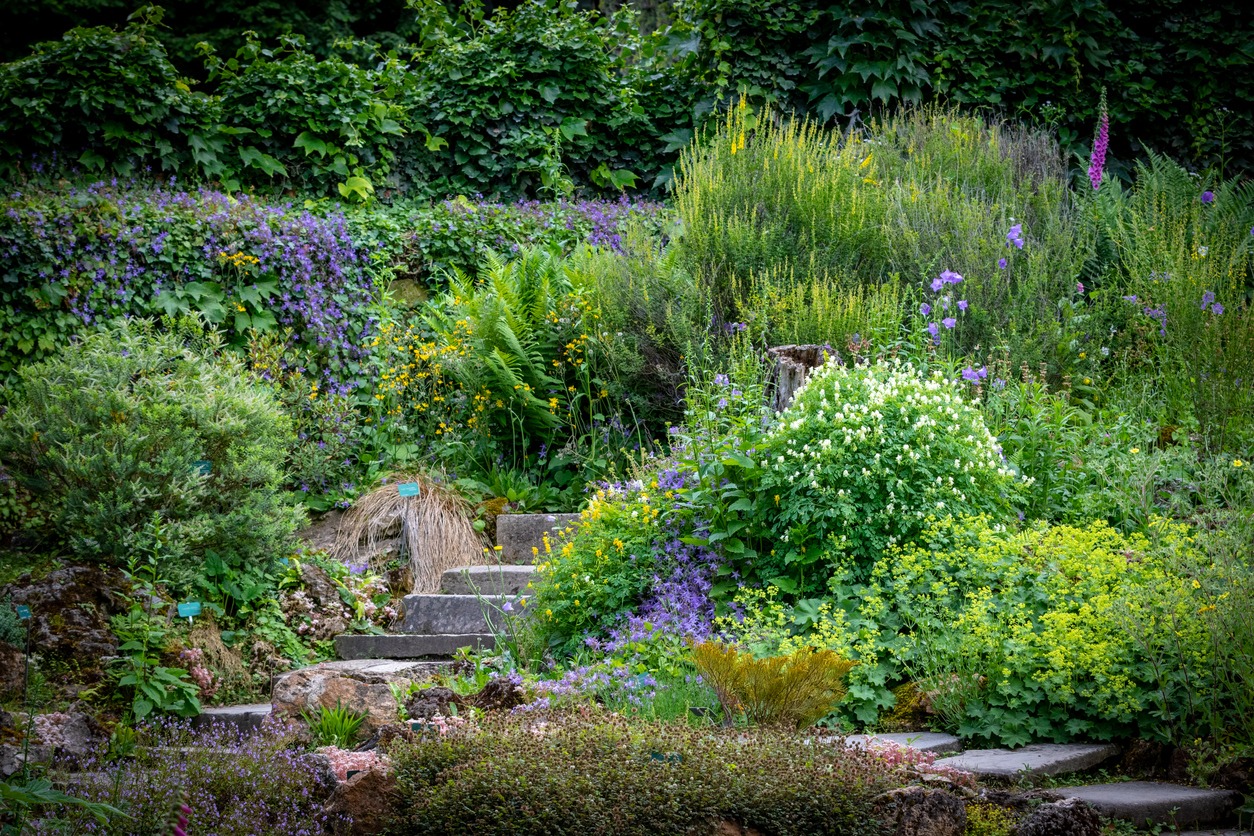
Embarking on your woodland herb garden journey begins with careful preparation. Ensure that your homestead offers the right environment for these plants to be successful.
Choosing the Right Site
Woodland herbs thrive in shaded or semi-shaded areas. Look for spots under mature trees or along the edges of wooded areas. Ensure the soil is rich in organic matter and drains well. If you’re unsure about your site’s suitability, observe its sunlight patterns throughout the day and note any areas that stay cool and shaded.
Soil Preparation
Begin with a soil test to determine its pH and nutrient levels. Most woodland herbs prefer slightly acidic soil (pH 5.5-6.5). Enhance the soil’s fertility by adding compost, leaf mold, or well-rotted manure. These organic materials mimic the natural forest floor, which is rich in decomposed leaves and wood.
For areas with poor drainage, consider building raised beds or creating berms to elevate the planting surface. This will help prevent waterlogging, which can harm delicate herb roots.
Sourcing Seeds and Plants
Look for reputable suppliers specializing in woodland herbs. Many nurseries offer sustainably sourced seeds and young plants to help you get started. Avoid harvesting from wild populations unless you have permission and can do so responsibly. Overharvesting can deplete natural ecosystems and endanger certain species.
Planting and Growing Woodland Herbs
Once your site is ready, it’s time to plant your woodland herbs and nurture their growth. It’s important to implement proper planting techniques and regular maintenance to ensure healthy, productive plants.
Timing and Techniques
- When to Plant: Most woodland herbs are best planted in early spring or fall when temperatures are cool and moisture levels are high.
- Spacing: Ensure adequate spacing between plants to allow for air circulation and growth. Crowded plants are more susceptible to disease and pests.
Maintenance Tips
- Watering: Keep the soil consistently moist but not waterlogged. A drip irrigation system can be an excellent way to provide consistent moisture without overwatering.
- Mulching: Apply a layer of leaf mulch to retain moisture, regulate soil temperature, and suppress weeds. Mulch also breaks down over time, enriching the soil.
- Pest Control: Use natural methods like neem oil, garlic sprays, or companion planting to deter pests. For example, planting marigolds nearby can help keep harmful insects at bay.
Create a seasonal maintenance schedule to stay on top of watering, weeding, and other tasks. Include reminders to check for pests and diseases regularly.
Harvesting and Utilizing Woodland Herbs
Harvesting your woodland herbs is one of the most rewarding parts of the process. Knowing when and how to gather your plants ensures sustainability and optimal quality. Once harvested, your herbs can be transformed into a variety of remedies, teas, and preserved forms to maximize their benefits.
Sustainable Harvesting Practices
When harvesting woodland herbs, always prioritize sustainability. Only take what you need, leaving enough for the plants to regenerate and for local wildlife to thrive. For example:
- Ginseng: Harvest mature roots, leaving younger plants to grow for future harvests.
- Ramps: Only pick one or two leaves from each plant to ensure its survival. Avoid uprooting the entire plant unless absolutely necessary.
Preserving Your Harvest
- Drying: Hang herbs in a well-ventilated, dark space until crisp. Use a dehydrator for faster results if needed.
- Tincturing: Steep fresh or dried herbs in alcohol to create potent extracts. Vodka is a popular choice due to its neutral flavor.
- Storage: Store dried herbs in airtight containers in a cool, dark place to preserve their potency.
Making Remedies
Use your harvested herbs to create:
- Teas: Simple infusions for relaxation, digestion, or immunity support.
- Salves: Combine herbs with beeswax and oils like coconut or olive oil for skin healing.
- Tinctures: Concentrated extracts that are easy to dose and store.
Marketing and Selling Woodland Herbs
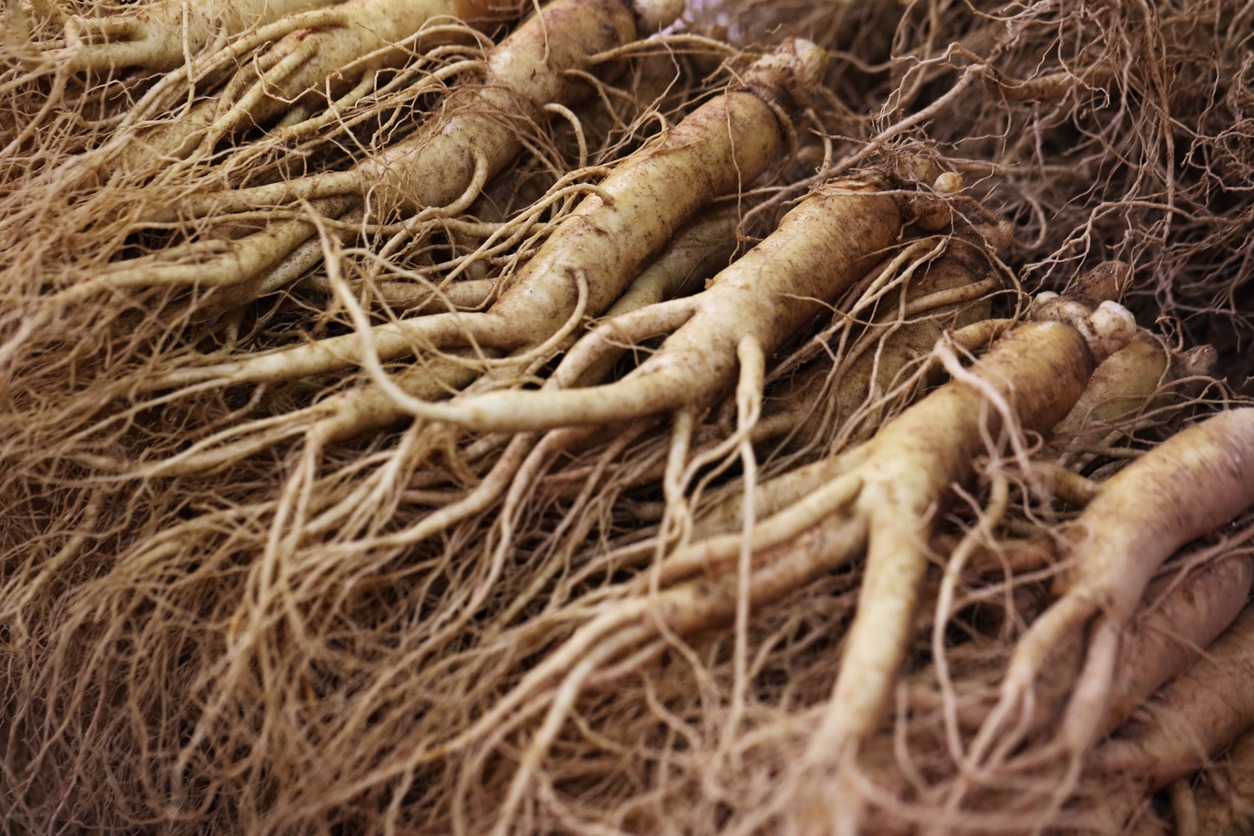
Turning your woodland herbs into marketable products can be a fulfilling way to share their benefits with others. From creating value-added goods to finding the right audience, developing a small herbal business allows you to combine creativity with sustainability.
Creating Value-Added Products
Transform your herbs into marketable products such as herbal teas, skincare items, and natural dyes. Package them attractively and emphasize their natural, sustainable origins to appeal to eco-conscious buyers.
Finding Your Market
Consider selling at farmers' markets, online platforms, or through local CSA programs. Build a loyal customer base by sharing the story behind your products and your commitment to sustainability. Storytelling helps customers connect emotionally to your offerings.
Legal Considerations
Familiarize yourself with local regulations for selling herbal products. Ensure your labels are clear and comply with any health and safety standards. Include disclaimers if needed, such as “This product is not intended to diagnose, treat, cure, or prevent any disease.”
Overcoming Challenges
Growing woodland herbs comes with its unique set of challenges, from conservation concerns to economic considerations. By addressing these issues head-on and implementing sustainable practices, you can create a resilient and rewarding herb-growing operation.
Conservation Concerns
Avoid overharvesting wild populations by focusing on cultivated herbs. Support ethical practices by purchasing from reputable sources and encouraging others to do the same. Consider joining conservation initiatives that promote sustainable herb farming.
Economic Viability
Growing woodland herbs can be rewarding but may not yield immediate profits. Start small and diversify your plantings to reduce risks and maximize returns. Experiment with different value-added products to see what resonates with your market.
Resources for Learning and Community Engagement
- Books and Blogs: Look for guides on woodland herbs, sustainable farming, and herbal medicine.
- Workshops: Attend hands-on events to deepen your knowledge and network with other enthusiasts.
- Online Communities: Join forums or social media groups to connect with fellow herb growers and share experiences.
Conclusion
Growing woodland herbs is a journey of discovery and connection with nature. These plants offer an abundance of benefits, from natural remedies to ecological contributions. Whether you’re growing for personal use or to share with others, cultivating woodland herbs will enrich your homestead and your life.
Start small, embrace the learning process, and let the beauty of woodland herbs inspire you. Don’t forget to share your experiences and tips with the community—we’re all growing together!

